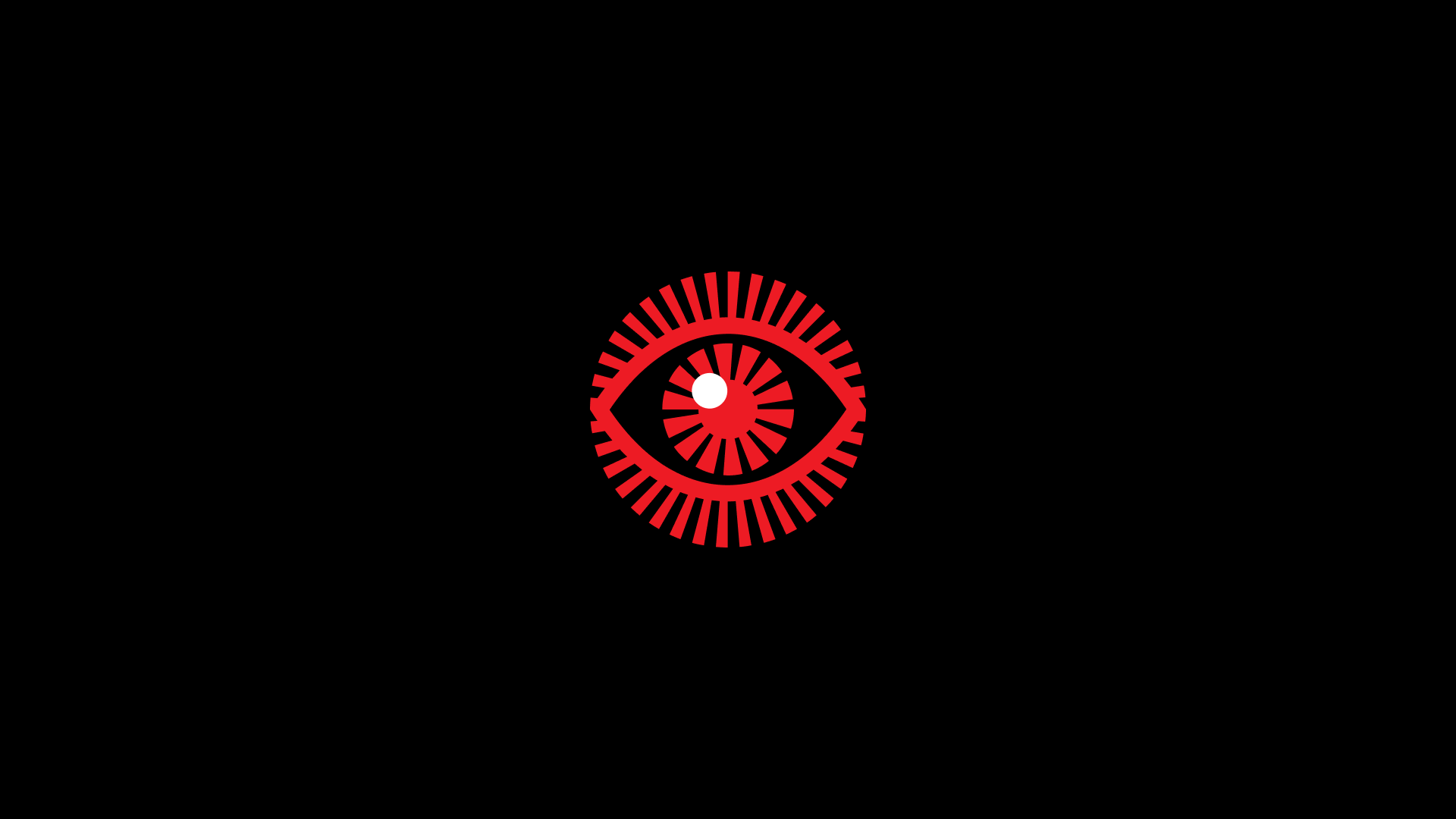The “Expectation and Reality Gap” is used in UX (user experience) design to describe the difference between what a user expects from a product or service and what they experience. It refers to the discrepancy between the user’s preconceived notions about how a product should work and its functionality.
In UX design, it is important to minimize this gap to create a positive user experience. This can be achieved by conducting user research, testing prototypes, and collecting feedback to ensure the product meets user expectations. When there is a large gap between what the user expects and what they experience, this can lead to frustration, confusion, and dissatisfaction, which can ultimately result in the user abandoning the product or service altogether.
To bridge the gap between expectation and reality, you must understand the user’s needs and preferences, create intuitive interfaces, and provide clear and concise information to guide the user through the product. Doing so can make a seamless user experience that meets the user’s expectations, leading to increased engagement and customer loyalty.
When dealing with people, let us remember we are not dealing with creatures of logic. We are dealing with creatures of emotion, creatures bustling with prejudices and motivated by pride and vanity
Have you ever come across an app that seemed ideal? The copy on the landing page is crystal clear, promising to fix your problems in the exact way you’d like. But when you try the app, you realize it does not.

How do you create expectations and reality?
This is about the disconnect between expectation and reality and how misalignment between your design, writing, and development can ruin everyone’s hard work.
Expectations are created by:
- Your landing page
- Marketing material
- Your pricing page
- Advertising
- Social buzz
The reality is:
- How it feels to use your app
- The benefits of the app in line with its features
- How the app works
Look at how you may be misleading your users and increasing the likelihood that they will churn out before giving your app a chance.
To minimize the expectation and reality gap in UX design, here are some key steps that can be taken
- Conduct User Research: User research is a critical step in understanding the user’s expectations and needs. It can be done through surveys, interviews, and usability testing. When designing a product or service, it is important to ask users about their expectations and preferences.
- Develop Prototypes: Creating prototypes is an effective way to test the product’s functionality and user experience. This can help identify areas where the expectation and reality gap exists and enable UX designers to refine the design to meet user expectations.
- Collect Feedback: Collecting feedback from users is crucial to understanding their expectations and how they perceive the product. This feedback can be gathered through surveys, user testing, and analytics data.
- Provide Clear and Concise Information: Clear and concise information is key to minimizing the expectation-reality gap. This can be achieved through user-friendly language, intuitive design, and simple navigation.
- Continuous Improvement: UX design is an iterative process, and constant improvement is key to minimizing the expectation-reality gap. Gathering feedback, analyzing data, and making necessary changes to improve the user experience over time is important.
By following these steps, you can minimize the expectation and reality gap and create a seamless user experience that meets user expectations, ultimately leading to increased engagement and customer loyalty.

